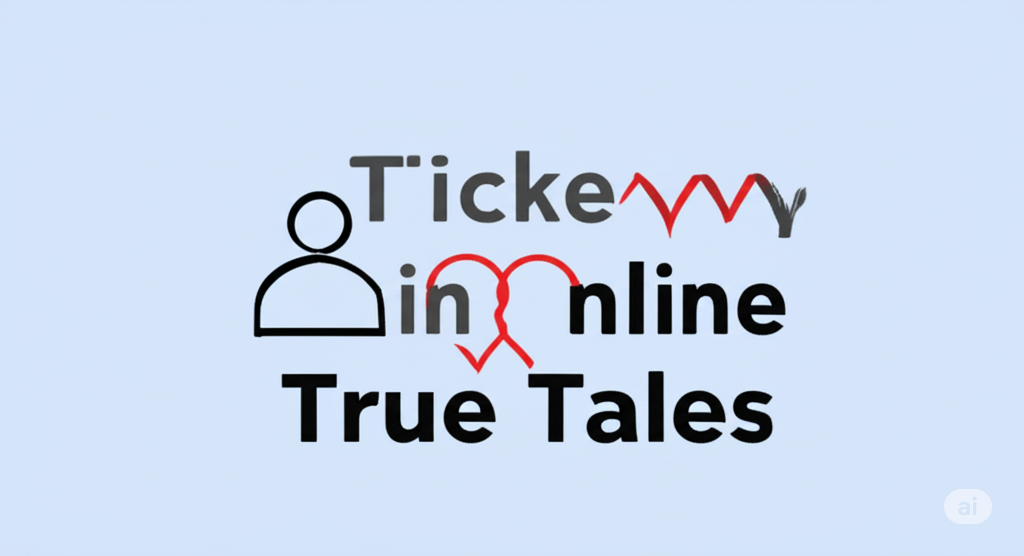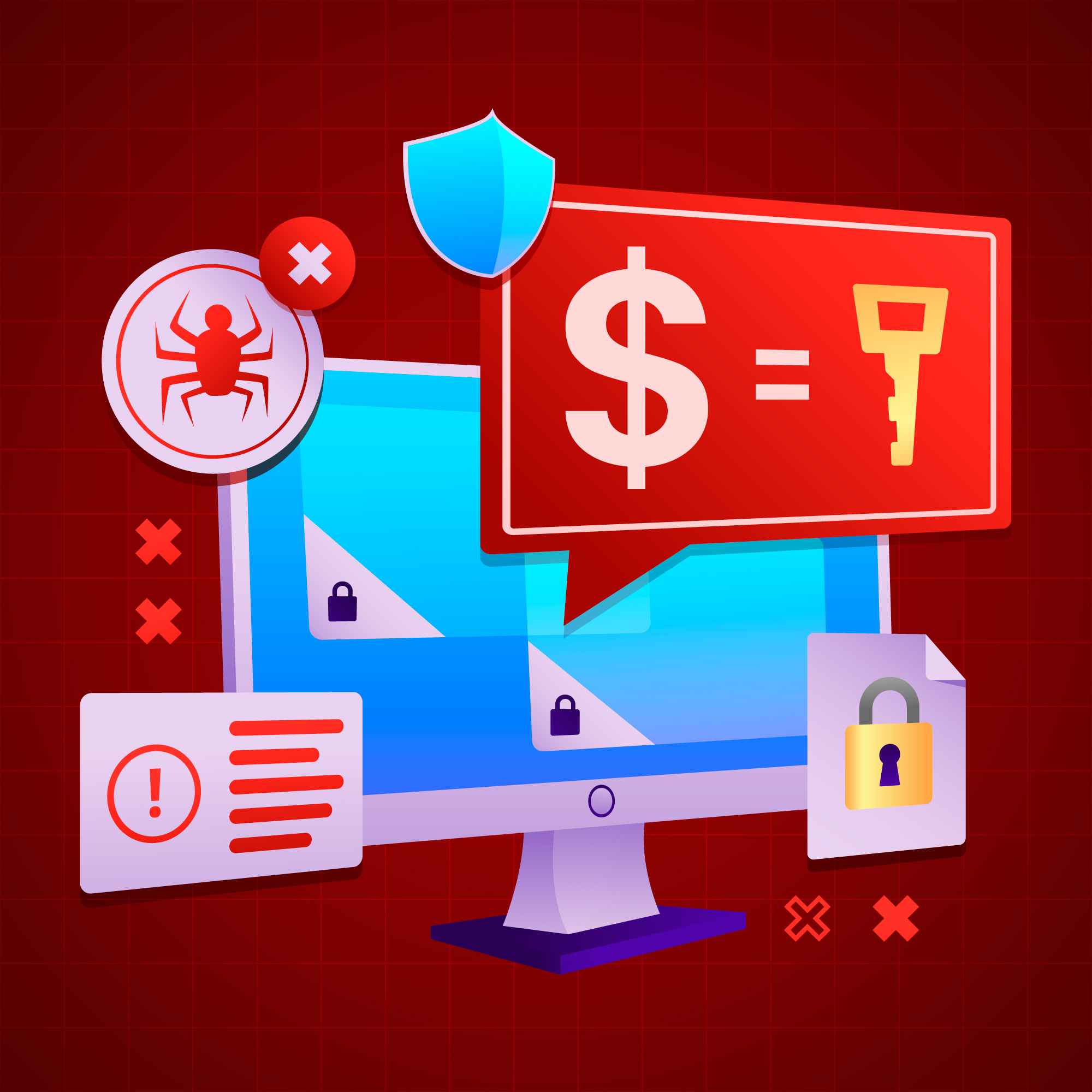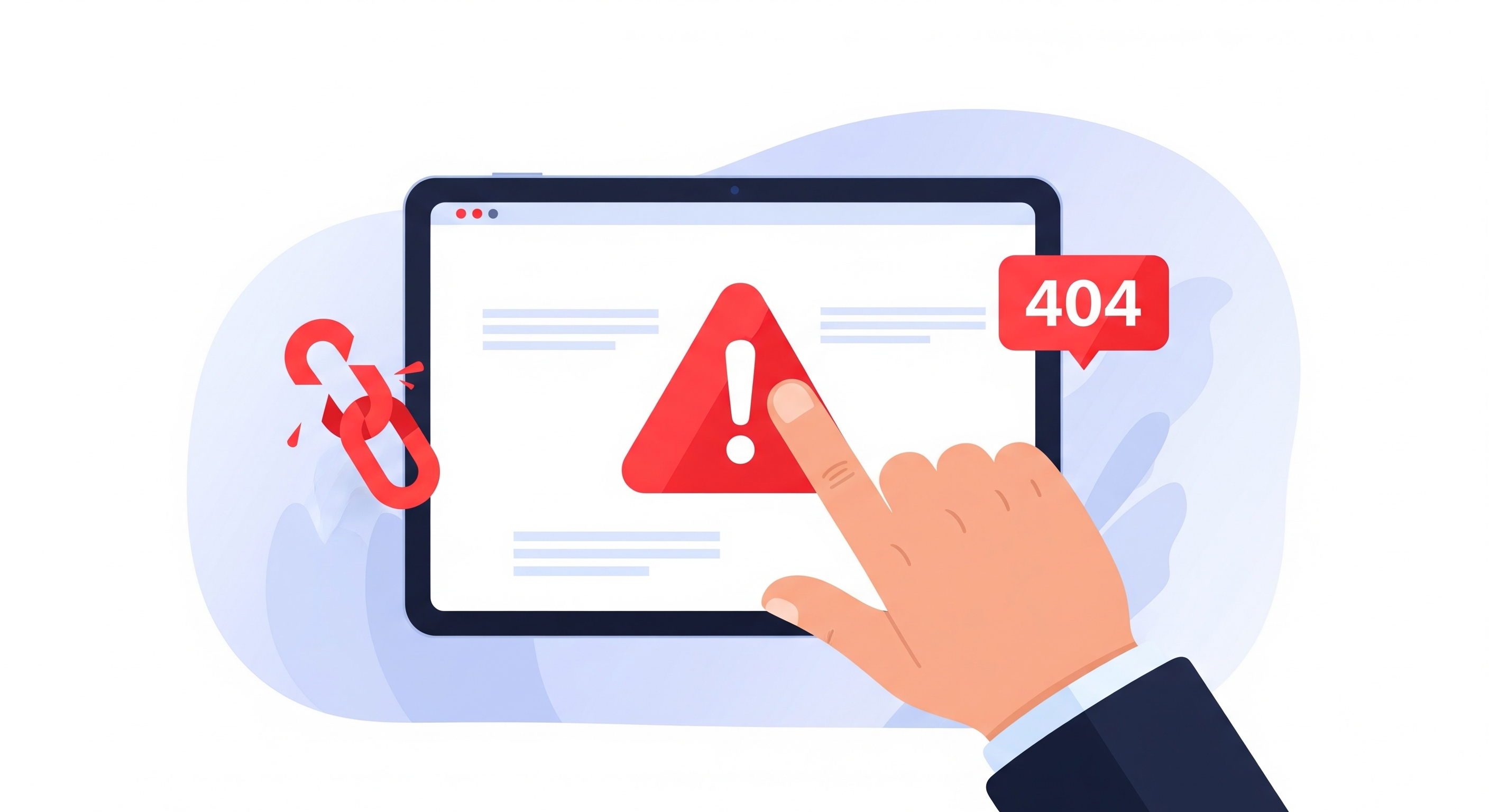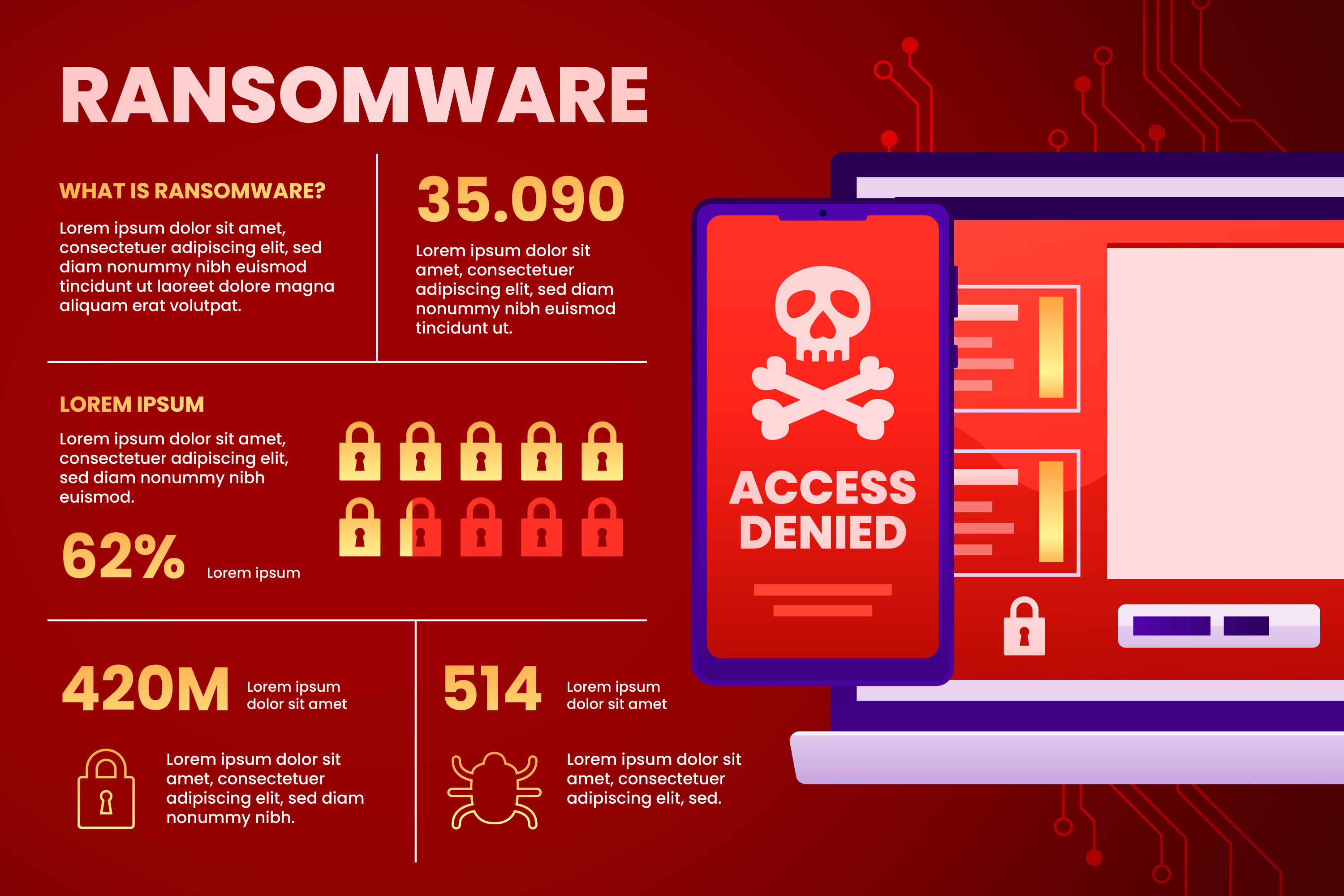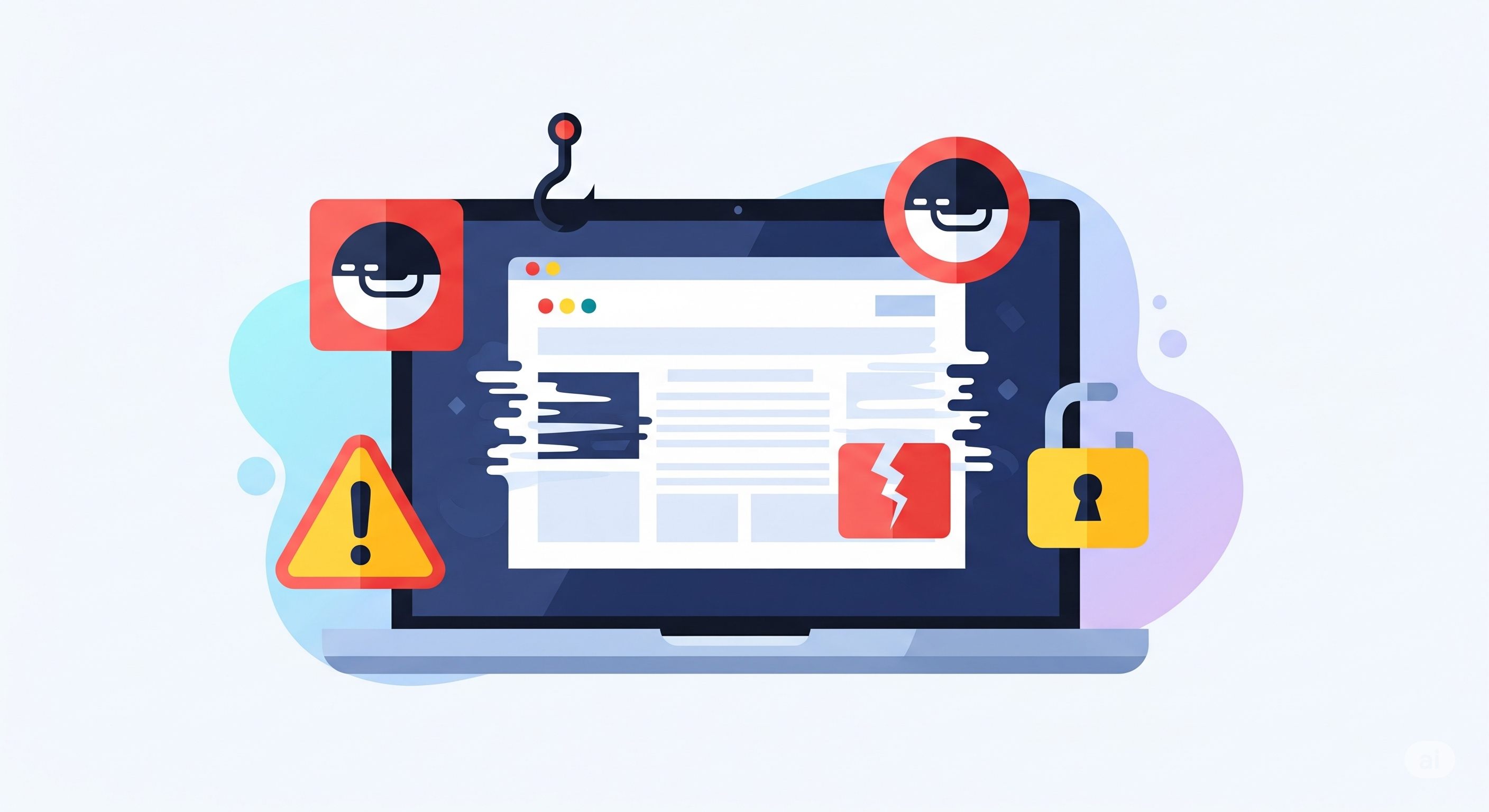More Details
A scam website often has bad design and an unprofessional layout, which are two of the most obvious indications. Not every site that looks nice is safe, but real businesses frequently put time and money into making their sites easy to use and clean. On the other hand, scam websites typically look like they were slapped together quickly, with mismatched colors, hard-to-use navigation, fuzzy pictures, and obvious spelling or language issues. These problems aren't simply skin-deep; they show that the folks who run the site aren't interested in making money or keeping customers happy in the long run. If the layout seems strange or the writing sounds like it was translated too quickly, your gut may be trying to tell you something vital.
The domain name is another big red flag. Many scam sites aim to look like real brands by choosing names that are similar but have small alterations, including adding hyphens, numerals, or spelling mistakes. These tactics are meant to make consumers think they're going to a well-known, safe site. It could be as minor as one letter, yet that's enough to get someone into trouble. One of the most typical internet scams is to pay attention to the exact wording of the web address and ask about any strange or confusing changes.
Another way that scammers get people to fall for their schemes is by changing the price. Most of the time, if the prices appear too good to be true, they are. Scam websites sometimes sell high-demand commodities like designer clothes, gadgets, or luxury goods at prices that are much lower than what they are worth. These big discounts are meant to get people to buy things quickly because they're excited or scared of missing out on a good offer. But when you pay, the item either never arrives or is fake or not what was promised. To stay protected, you need to be able to spot this bait-and-switch pricing scheme.
Not having real contact information is a big red flag that you should never disregard. Customers should be able to get in touch with real businesses if they have queries or problems. On the other side, scam websites normally don't want to be open. A lot of them don't give a business address, a real email address, or a phone number, or they give phony contact information that doesn't go anywhere. It's crucial to check if the contact information on a site is real or just for show, even if it is there. If you can't get in touch with customer care or your question bounces back, that's a good sign that you're not dealing with a real firm.
When you go to a website, you should constantly think about security. One of the first things you should look for is if the site employs HTTPS encryption. If you don't see the padlock icon in the address bar of your browser, the site isn't safe. If you don't utilize HTTPS, anyone can see and use any personal information you type in, like your name, email address, address, or credit card number. Some scam websites have started employing HTTPS to look safe, but the fact that it isn't there is still an obvious warning sign that you shouldn't overlook.
The kinds of payment methods a site offers are another thing that needs to be looked at closely. Scam websites usually don't use safe payment methods and instead try to get you to use ways that can't be traced or changed, including wire transfers, gift cards, or bitcoin. These choices don't safeguard buyers, so after your money is gone, it's almost impossible to get it back. Legitimate online retailers usually take credit and debit cards and other payment methods that let you get your money back or charge it back. It's a clear warning to leave if a website only lets you make payments that are suspicious or one-way.
Customer reviews can help you figure out if a website is trustworthy, but fraudulent or missing reviews are another sign that something is wrong. A lot of the time, scam sites don't have any reviews at all, or they have a lot of generic, overly good ratings that look like they were stolen and pasted from other products. Real reviews usually have a mix of good and poor thoughts and typically offer particular information about what the customer went through. It's likely that the reviews were made up to make people feel like they can trust them if they seem robotic or too flawless. Some scam sites even turn down the review sections so that people can't criticize them in public.
Another popular trick employed by fake websites is to pretend to be a brand. These sites may try to trick people by copying the branding, layout, or product photos of real firms. Everything may seem plausible at first, but small differences generally tip them away. This might mean logos that aren't very good, links that don't work, privacy or shipping rules that are absent, or descriptions that aren't clear. Some fake websites even take whole pages of text from actual firms, although tiny differences in wording or formatting typically give them away.
A real online store will always have its return and refund policy, terms and conditions, and other legal information clearly displayed. Scam websites either leave this information out completely or write it in a way that is so confused and inconsistent that it is almost useless. If you can't find a simple answer to your question about how returns or refunds work, you should shop somewhere else. People often employ vague policies on purpose to avoid taking responsibility and to stop you from trying to get your money back.
Finally, be careful of websites that pressure you to act quickly. "Only 1 item left!" or "Offer expires in 2 minutes!" are examples of phrases that try to get you to make a quick decision without checking the site's validity. This psychological trick plays on the fear of missing out and makes people feel like there isn't enough of something. Businesses that are real don't need to use countdown timers or flashing alerts to get people to buy things. If you feel like you have to move soon, stop for a moment and think about if the offer and the website are truly as urgent as they say they are.
If you only look at one of these warning signals, it might not always mean that a site is a hoax. It's a strong sign that something isn't right when you start to see two or more red flags. If you know these patterns and follow your gut, you can help keep yourself and others from getting caught in a scam. In a digital age where things aren't always what they seem, being careful is your greatest defense.

